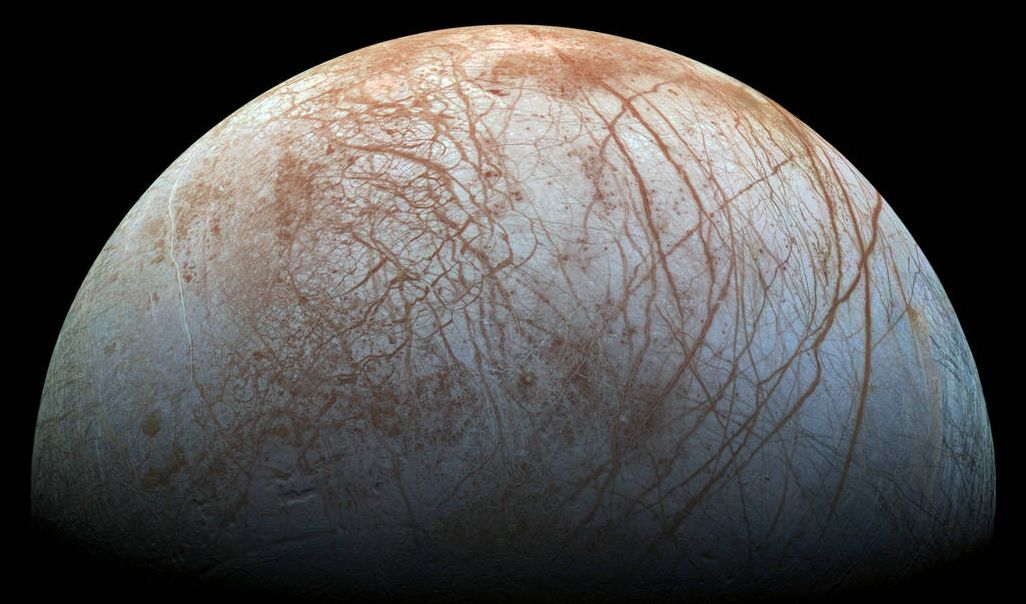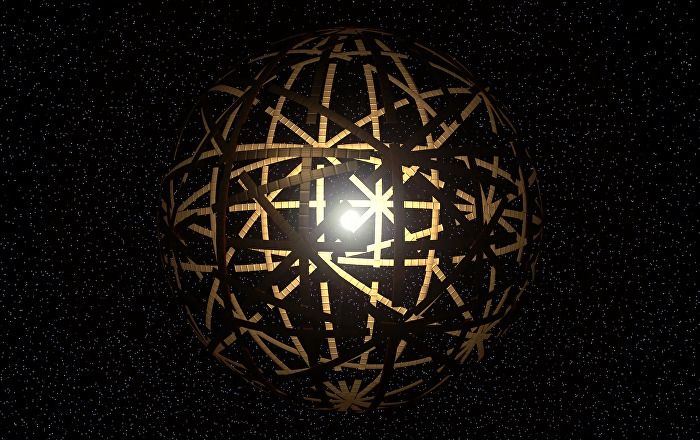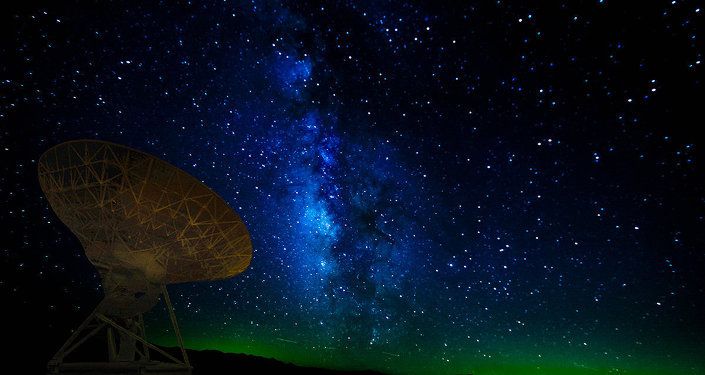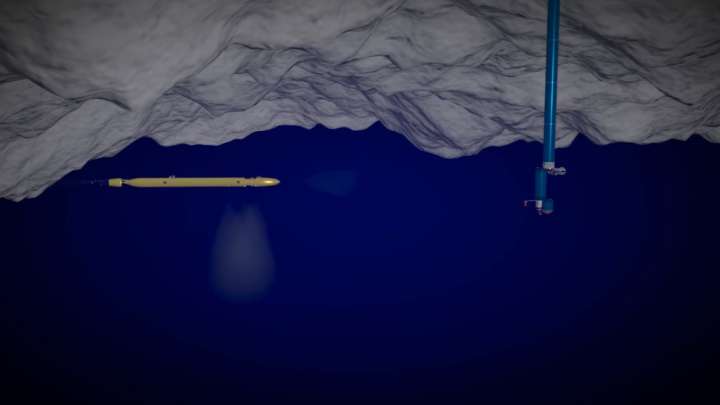My new Vice Motherboard story on the Fermi Paradox, Jethro’s Window, and why we’ll never discover intelligent aliens:
Here’s the sad solution to Fermi’s Paradox: We’ve never discovered other life forms because language and communication methods in the Singularity evolve so rapidly that even in one minute, an entire civilization can become transformed and totally unintelligible. In an expanding universe that is at least 13.6 billion years old, this transformation might never end. What this means is we will never have more than a few seconds to understand or even notice our millions of neighbors. The nature of the universe—the nature of communication in a universe where intelligence exponentially grows—is to keep us forever unaware and alone.
The only time we may discover other intelligent life forms is that 100 or so years during Jethro’s Window, and then it requires the miracle of another species in a similar evolutionary time table, right then, looking for us too. Given the universe is so gargantuan and many billions of years old, even with millions of alien species out there, we’ll never find them. We’ll never know them. It’s an unfortunate mathematical certainty.
Zoltan Istvan is a futurist, author of The Transhumanist Wager, and a 2016 US Presidential candidateof the Transhumanist Party. He writes an occasional columnfor Motherboard in which he ruminates on the future beyond human ability.
Topics: opinion, columns, fermi paradox, aliens, Extraterrestrial Life, Futures.
Read more










